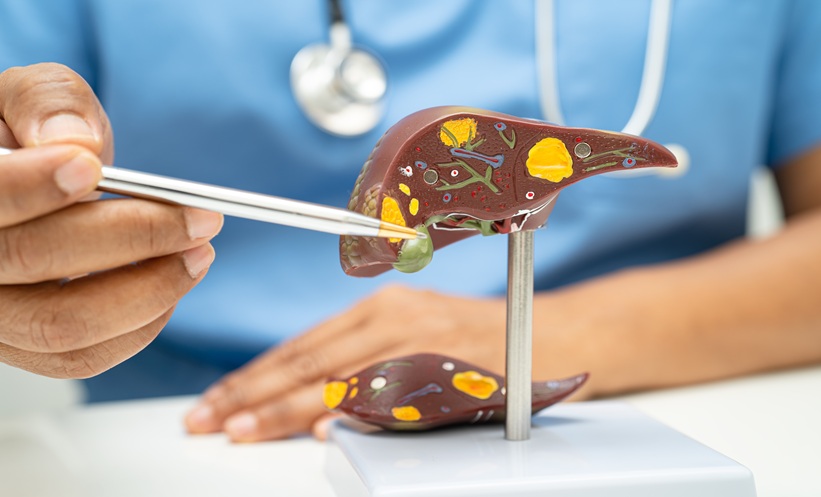STEM cell therapy could one day replace liver transplantation as the primary treatment for liver failure, according to a study which saw researchers successfully restore organ function to a severely damaged liver in a live animal for the first time. The researchers transplanted laboratory-grown hepatic progenitor cells (HPCs) into mice with severely damaged livers and, over time, observed that the cells were able to initiate the regeneration of major areas of the organ, improving its structure and function.
Under normal circumstances, the liver is very good at healing itself due to the ability of hepatocytes to self-renew following injury. However, this process becomes less effective following severe injury, such as that caused by conditions such as cirrhosis and acute liver failure. In addition, hepatocytes are difficult to grow under laboratory conditions, which limits their potential for transplantation. This led the research team to their current line of investigation because HPCs are much easier to grow in vitro and they have the flexibility to transform into hepatocytes and other types of liver cell.
If the success observed in the team’s murine model can be replicated using human HPCs, they believe that this could result in cell transplants as a treatment for liver failure instead of organ transplant. Senior author Prof Stuart Forbes, MRC Centre for Regenerative Medicine, University of Edinburgh, Edinburgh, UK, explained: “It will be some time before we can turn this into reality as we will first need to test our approach using human cells. This is much needed as liver disease is a very common cause of death and disability for patients in the UK and the rest of the world.”
Moving away from dependency on transplantation should help patients with severe liver damage avoid the agonising wait for a donor, as well as many of the complications associated with the procedure, such as incompatibility and infection.
In the longer term, the researchers hope to achieve the same results by using drugs that stimulate stem cells inside the patient to regenerate the damaged liver.
Prof Stuart Forbes, MRC Centre for Regenerative Medicine, University of Edinburgh, Edinburgh, UK.
(Image: freeimages.com)







